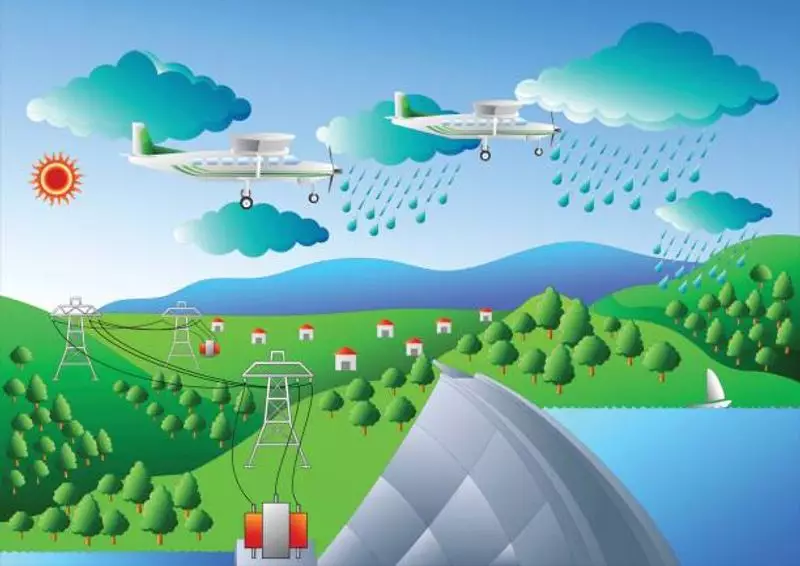
In a groundbreaking development that could revolutionize Delhi's fight against air pollution, scientists from IIT-Kanpur have successfully conducted cloud seeding trials, setting the stage for artificial rainfall over the capital between October 28 and 30.
Scientific Breakthrough Against Toxic Air
The pioneering initiative, backed by the Delhi government, represents a significant advancement in environmental technology. After months of meticulous planning and testing, researchers have confirmed the viability of creating artificial precipitation to combat the city's notorious winter smog.
How Cloud Seeding Works
Cloud seeding involves dispersing substances like silver iodide or salt particles into clouds to encourage rainfall. Aircraft equipped with specialized equipment release these particles, which act as nuclei around which water vapor condenses, ultimately forming raindrops.
The successful trials demonstrate that Delhi's atmospheric conditions are suitable for this technology, marking a potential turning point in the city's annual battle with hazardous air quality levels.
Timing and Implementation
The artificial rainfall initiative is strategically scheduled for October 28-30, coinciding with the period when pollution levels typically begin their dangerous ascent. This timing could provide crucial relief during the onset of the winter pollution season.
"The technology has shown promising results during testing phases," confirmed a senior scientist involved in the project. "We're optimistic about its potential to significantly improve air quality during critical pollution periods."
Environmental Impact and Benefits
- Immediate reduction in airborne particulate matter (PM2.5 and PM10)
- Natural cleansing of pollutants from the atmosphere
- Potential to break prolonged smog episodes
- Complementary approach to existing pollution control measures
Future of Pollution Control
This initiative positions Delhi at the forefront of technological solutions to environmental challenges. If successful, cloud seeding could become a regular feature in the city's pollution management strategy, particularly during the hazardous winter months.
The project represents a collaborative effort between academic institutions, government bodies, and environmental experts, showcasing India's growing capability in developing innovative solutions to pressing urban challenges.





